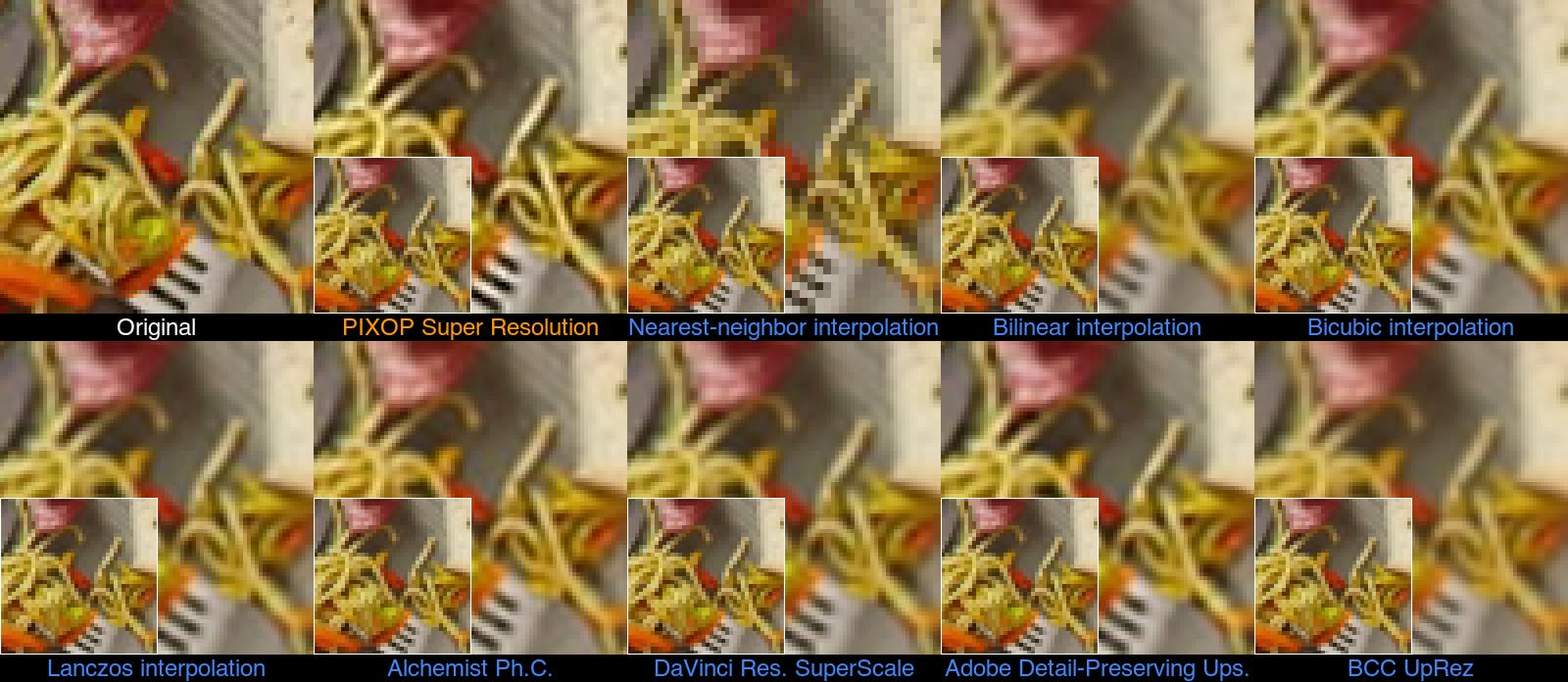Is 2021 the end of traditional television? The jury’s still out, but it’s not looking good.
Cable television already had enough on its plate before the pandemic, including millions of defections each year and new players entering the OTT space. Meanwhile, streaming giants like Amazon and Netflix are setting aside billions of dollars to pump out new content, which is being consumed at a voracious pace by the home-bound masses. There’s no doubt the coronavirus has made things worse for smaller networks and media companies struggling to compete.
Nearly three million people cut the cord (or hired someone to come around and disconnect it) by cancelling their cable subscription in 2018. And yet, having just posted their greatest subscriber losses in 2020, top brass are probably looking back on those numbers wistfully. Variety noted recently that there are now as many non-paying US households as there were subscribers in 1988 — 46 million, to be exact.
As if that weren’t enough, the new kids on the block — who are now old boys in their own right — just announced massive investments into new content in 2020. The figures are enormous and reflect real commitment to cornering off as much of the streaming landscape as possible:
- Netflix pledged 16 billion USD
- Amazon Prime swooped in with 7 billion
Meanwhile, Hulu, Disney+ and Apple TV have put aside more modest amounts, but it all adds up to spell trouble for traditional broadcasters.
Calling in sick
Throw the current pandemic into the mix and you have a number of the old guard (including traditional media companies and smaller networks) struggling to stay afloat: Big Beef is rapidly losing market share to upstart plant-based companies, Big Oil is staring down the barrel of a long-overdue reckoning and Big TV is wringing its hands while surveying production sets that have gone eerily silent in the span of a few short weeks.
Meanwhile, more and more subscribers are asking what’s on TV and the answer, according to Time Magazine, is reality television that “traffics in public humiliation or manages to offend through sheer dullness alone”. And there’s only so much of that people are willing to watch, even in quarantine. After taking stock, the ones suffering the most are smaller networks and traditional broadcast and media companies without the resources to pump billions of dollars into new content or enter the increasingly competitive OTT space.

Time’s TV critic, Judy Berman, was less than impressed. Source: Fox
But as it turns out, these companies possess something Netflix and Amazon would pay top dollar for: billions of dollars squirreled away in archival footage. They should be capitalizing on that. There’s only one problem: archives are notoriously hard to maintain and old footage is expensive to enhance and upscale to make it suitable for today’s television screens.
Why film preservation matters
The history of film preservation is fascinating and tragic in equal measure. Until the 1950s, films were shot on nitrate film stock, which was so flammable that entire warehouses of the stuff went up in flames, sometimes accidentally and sometimes because film studios didn’t want to cough up the price of storage. Given the astronomical costs of preservation and the fact that studios didn’t see how they could make money off of old material, almost half of the films shot before 1950 and a whopping ninety percent of those shot before 1930 have been lost.
Then the 1950s rolled around and studios moved from nitrate film stock to more stable cellulose acetate and polyester film, making it practical to start storing archives. And with the advent of television and a whole new market for film, studios started to see the associated financial advantages. However, storing thousands of reels of delicate filmstock in temperature-controlled environments wasn’t easy or cheap.
Things haven’t gotten much better since. The current gold standard in film and TV preservation, magnetic tape storage or LTO, has made it easier to store large quantities of footage. However, constant iterations mean that earlier versions of LTO quickly become obsolete. Transferring footage over to the latest version is laborious and expensive. All of this just speaks to how desperately the industry needs a long-term digital storage solution. Sadly, no one’s cracked the code yet.
The trouble doesn’t stop there: even once films have been successfully archived, putting them back on air comes with its own challenges. With broadcasting standards changing at a rapid clip and consumers demanding higher quality video, most archival footage is not fit for today’s screens.
What all of this adds up to is this: we are in danger of losing vast swaths of our audiovisual heritage because no one can figure out an easy, affordable way to preserve and monetize it.
Enhancing, upscaling and monetizing archives
Broadcasting archival footage without updating it is a bad idea. Verizon’s 2016 viewer expectation survey found that average viewing time fell 77 percent when video quality dropped. That’s a risk that broadcast and media companies struggling to keep up simply cannot take.
The way forward would be clear were it not for the fact that enhancing and upscaling older footage is a mammoth task, requiring hours of expensive manual labor and a lot of processing power. Generally, a task left to post-production teams who spend hours on expensive equipment tweaking software to get things just right, video upscaling and enhancement is a process of trial and error that requires an expert eye. So far, it just hasn’t seemed worth the effort to most broadcasters.
That may soon change with the advent of AI video enhancement.
AI video enhancement, upscaling and super resolution
AI video enhancement and upscaling that uses machine learning to solve some of manual restoration’s big issues is a relatively recent advance. In the early 2000s, researchers began using super-resolution, the process of using low-resolution observations to obtain high resolution images, to improve the quality of footage captured by long-distance observation systems. In the period since then, research in the field of AI video enhancement and super resolution has taken off, with more than 600 papers published.
2016 was a particularly big year for super-resolution: Google took interest and began developing its RAISR (Rapid and Accurate Image Super-Resolution) algorithm on still images to save transmission bandwidth on Google+ for mobile devices. The speed/image quality/versatility trade-off made RAISR an interesting candidate for video super-resolution, as well. Meanwhile, Twitter bought Magic Pony Technology, whose founders were one of the first to test neural networks and super-resolution on enhancing and upscaling images and video.
Today, AI- and ML-powered video enhancement can be used for dejittering, denoising, deinterlacing, upscaling and a host of other applications to produce the most beautiful video possible. The problem is very few companies offer this service commercially — only we and Recuro in Sweden spring to mind.

Comparing Video Upscaling Methods on Stock Footage. Source: Pixop
Both companies are working to automate the process of video enhancement and upscaling and make it cloud-based to lessen the hassle that has traditionally been associated with video enhancement plugins available on native software. We recently announced the launch of Pixop’s REST API, which is designed to make it as seamless as possible for broadcast and media companies to make full use of Pixop’s services on their systems.
And broadcasters are finally paying attention: we recently worked with TV 2 Denmark to enhance and upscale clips from Queen Margrethe’s past birthday celebrations. We’re also working with Screenbound Pictures to bring CI5: The Professionals back to screens, now looking better than ever. Both of these projects provided valuable monetization opportunities and allowed the companies involved to solve some of the production challenges the current pandemic has caused.
Today, broadcast and media companies without the resources to start their own streaming services are seeing the value in licensing their content. The hope is that they’ll soon see the value in enhancing and upscaling it too. Viewers today won’t settle for anything that’s less than pixel-perfect, and with the advent of AI- and ML-powered video enhancement making the process faster and cheaper than ever before, there’s no excuse not to deliver.
